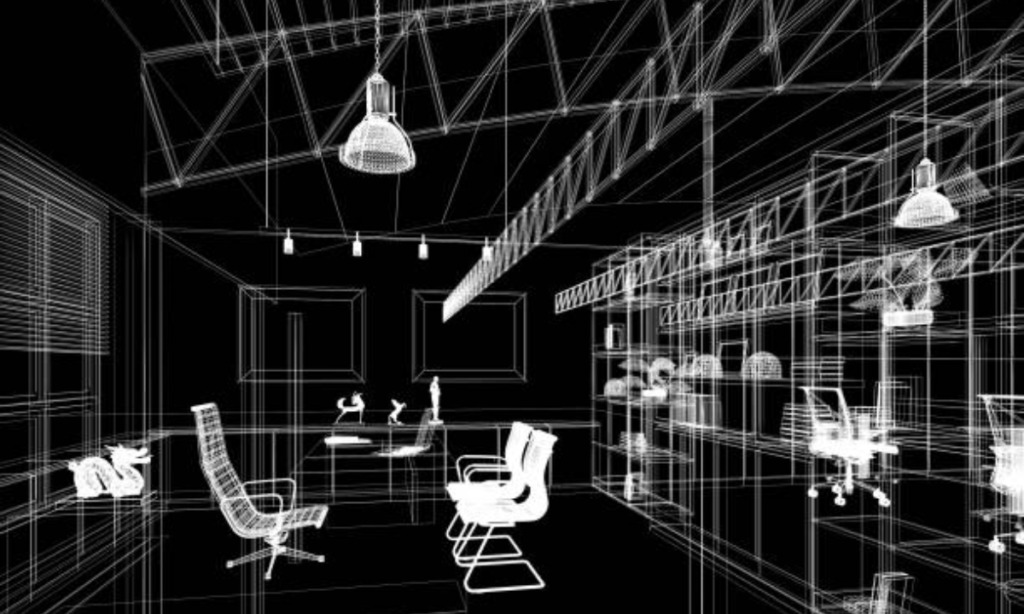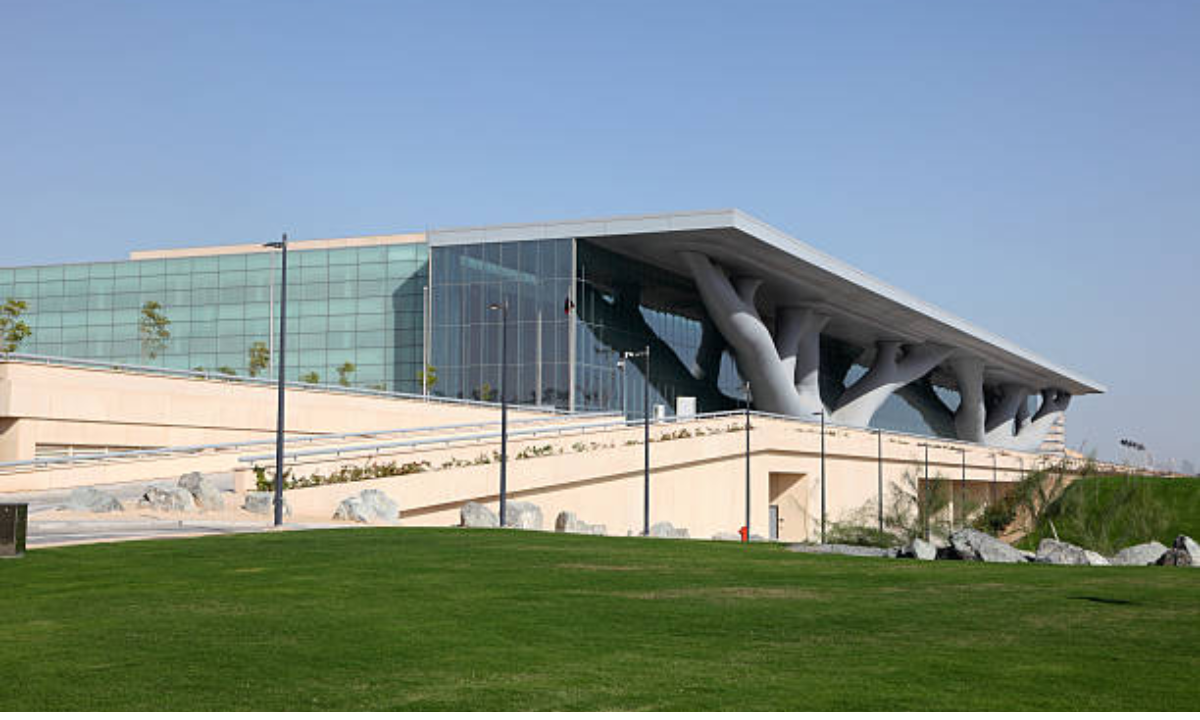India’s construction sector is witnessing a major change. For decades, we have seen buildings being constructed brick by brick, with months of labor and unpredictable timelines. However, a modern construction method is now changing this old pattern – Pre-Engineered Buildings (PEBs).
From industrial sheds to malls, warehouses, offices, and even schools, PEBs are becoming the preferred choice. Let’s explore how these structures are transforming construction across India and why more developers are adopting them.
What Are Pre-Engineered Buildings (PEBs)?

Pre-engineered buildings, or PEBs, are structures that are designed and manufactured in factories and assembled at the construction site. Instead of building every part on-site, components like beams, columns, trusses, and roof panels are fabricated under controlled conditions in factories.
These components are then transported to the site and bolted together, just like assembling a puzzle. This is very different from traditional construction, where everything is created on-site using bricks, cement, sand, and concrete, involving heavy manual work and long project timelines.
Why Are PEBs Gaining Popularity in India?
The adoption of PEBs in India is rising rapidly, and here are some clear reasons for this shift:
Faster Construction
Time is a crucial factor in construction. Traditional building methods can take months or even years to complete. In contrast, PEBs can reduce construction time by up to 50-60%. Since the major work is done off-site, assembly at the location takes much less time.
For businesses, faster construction means they can start operations earlier, saving costs and increasing profitability.
Cost-Effective Solution
PEBs are more cost-effective compared to traditional construction. Here’s why:
- Less material wastage due to precise fabrication
- Reduced labor costs as on-site work is limited
- Fewer delays due to weather or site challenges
When projects are completed faster and within budget, it benefits both builders and businesses.
High Quality and Durability
The components of PEBs are made in factories under strict quality control. This ensures better strength, durability, and finishing compared to traditional structures. Also, PEBs use modern materials that can withstand:
- Heavy rainfall
- High temperatures
- Strong winds
This makes them ideal for diverse Indian weather conditions.
Flexible and Customizable Designs
Every project has unique requirements. PEBs offer complete flexibility in design. Whether you need a large open warehouse without columns or a retail showroom with aesthetic interiors, PEB designs can cater to every need.
Additionally, if businesses plan to expand, PEBs can be easily extended without affecting the existing structure.
Environment-Friendly
Traditional construction creates a lot of debris, dust, and pollution. In PEBs, most work happens off-site, resulting in:
- Less construction waste
- Minimal environmental impact
- Recyclable steel components
With increasing environmental concerns, PEBs are a sustainable choice for future construction.
Easy to Relocate
One unique feature of PEBs is that they can be dismantled and moved to a different location if required. This is useful for businesses that relocate or want temporary structures for a few years.
Applications of PEBs in India
PEBs are versatile and can be used in various sectors. Let’s look at where they are making a strong impact:
Industrial Buildings
Industries were the first to adopt PEBs. Factories, warehouses, manufacturing units, and processing plants require large open spaces with minimal internal columns. PEBs are ideal for this need, providing strong structures with maximum usable space.
Commercial Spaces
Today, many commercial projects use PEBs, such as:
- Office buildings
- Shopping malls
- Showrooms
- Restaurants and cafes
The speed of construction, cost-effectiveness, and stylish designs make PEBs a popular choice for businesses wanting modern spaces quickly.
Agricultural Structures
The agriculture sector is also adopting PEBs for:
- Storage sheds
- Equipment rooms
- Cold storages
- Livestock shelters
Farmers prefer PEBs as they are durable, quick to build, and protect their equipment, produce, and animals from harsh weather.
Educational Institutions and Sports Complexes
Schools, colleges, and sports authorities are using PEBs for building:
- Classrooms and laboratories
- Auditoriums
- Hostels
- Indoor stadiums and sports halls
These structures are safe, strong, and can be built within a short time frame to accommodate the growing number of students and players.
Residential Buildings
Though still new, PEBs are now being explored for housing projects, especially for low-cost and affordable housing in urban areas. Quick construction and lower costs make them a practical solution to meet India’s rising housing demands.
How Are PEBs Built? A Simple Step-by-Step Process
- Design and Engineering:- The project begins with designing the structure using advanced software. Engineers ensure the building is strong, safe, and meets the client’s requirements.
- Fabrication:- Once the design is ready, parts like beams, columns, and panels are fabricated in the factory. Each part is made with precision and quality checks to ensure strength and accuracy.
- Transportation :- The fabricated parts are then transported to the construction site using trucks or trailers.
- Assembly and Erection:- At the site, these components are assembled and bolted together using cranes and skilled teams. This process is fast as there is no heavy brickwork or long curing times involved.
- Finishing:- After assembly, final work like painting, electrical, and plumbing is completed, making the building ready for use.
Role of PEB Manufacturers in India
The success of PEBs depends largely on the expertise of manufacturers. Leading PEB manufacturers in India offer end-to-end solutions, including:
- Design and engineering
- Fabrication and supply of components
- Transportation
- Installation and erection
- After-sales support
They use advanced technology, skilled engineers, and strict quality control to deliver projects that meet national and international standards.
Challenges Faced by PEBs in India
Despite clear benefits, PEB adoption faces a few challenges:
- Lack of awareness: Many small builders and contractors are unaware of PEB advantages.
- Resistance to change: People used to traditional construction methods are hesitant to try new solutions.
- Concerns about durability: Some believe steel structures are not as durable as concrete buildings, which is untrue.
- Shortage of skilled labor: Assembly requires trained teams, which may not be easily available in rural areas.
However, leading PEB companies are addressing these issues through:
- Awareness campaigns
- Demonstration projects
- Training programs for construction teams
Future of PEBs in India
India is growing rapidly, with increasing demands for modern infrastructure, affordable housing, and smart commercial spaces. Government initiatives like ‘Make in India’ and pro-construction policies are encouraging the adoption of modern building methods.
In the future, PEBs will play a major role in:
- Smart warehouses and logistics centers
- Retail and commercial complexes
- Affordable housing projects
- Hotels and resorts
- Schools, colleges, and healthcare centers
As more builders and developers understand the benefits, PEBs will become the backbone of India’s new construction era.
Final Thoughts
Pre-engineered buildings are not just a trend – they are a smarter, faster, and better way to build. They save time, reduce costs, offer customization, and are environmentally friendly. In a country like India, where development is happening at an unprecedented rate, PEBs are the solution for the future.
If you are planning to build a factory, warehouse, commercial space, or even a residential project, consider PEBs for a strong, reliable, and quick solution.
About Shobha Globs
Shobha Globs is one of India’s leading pre-engineered building manufacturers, offering high-quality and innovative solutions for industrial and commercial projects. From design to installation, our team ensures your project is completed on time, within budget, and with the highest quality standards.

